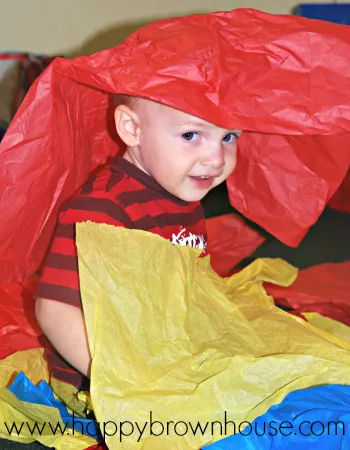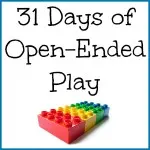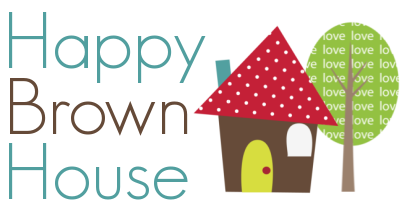

How many times have you given a child the latest, expensive toy only to have them unwrap it and find more pleasure in the wrapping paper and box than the toy inside? It happens all the time. Little did you know you just provided an open-ended play experience!

What is Open-Ended Play?
Open-ended play is, quite literally, simple.
In open-ended play, seemingly simple toys or materials are transformed into creative, imaginative play by children. There are no "rules" when it comes to open-ended play---no sequence of events to follow, no right or wrong ways to play, no pressure to produce a specific product. Basically, a child engaged in open-ended play is going with the flow. It's all about freedom---the freedom to invent and discover.
Why Open-Ended Play?
By nature, children are curious and creative. Hand them a box or a stick and they can come up with multiple ways to play. Open-ended materials don't require batteries, wind up, or make noises. Sorry, Tickle Me Elmo. Open-ended play requires children to make decisions, problem solve, and think critically--traits most parents desire for their children.
While directed play has its place, open-ended play is, in my opinion, more important in the early years. Often, open-ended play experiences involve conversations---a chance to work on manners, speech, and personal interactions--all developing skills in the early years. Some of these activities help develop fine motor skills.
Simply put, open-ended play is the business of being a kid and allowing them to just...be.
Tell me: What other benefits can you see to open-ended play?
This post is a part of the series, 31 Days of Open-Ended Play. Be sure to read all the posts in the series for more great ideas for encouraging learning and creativity through open-ended play.


31 Days of Open-Ended Play for Children | Happy Brown House
Wednesday 2nd of October 2013
[...] Day 2: The What & Why of Open-Ended Play [...]